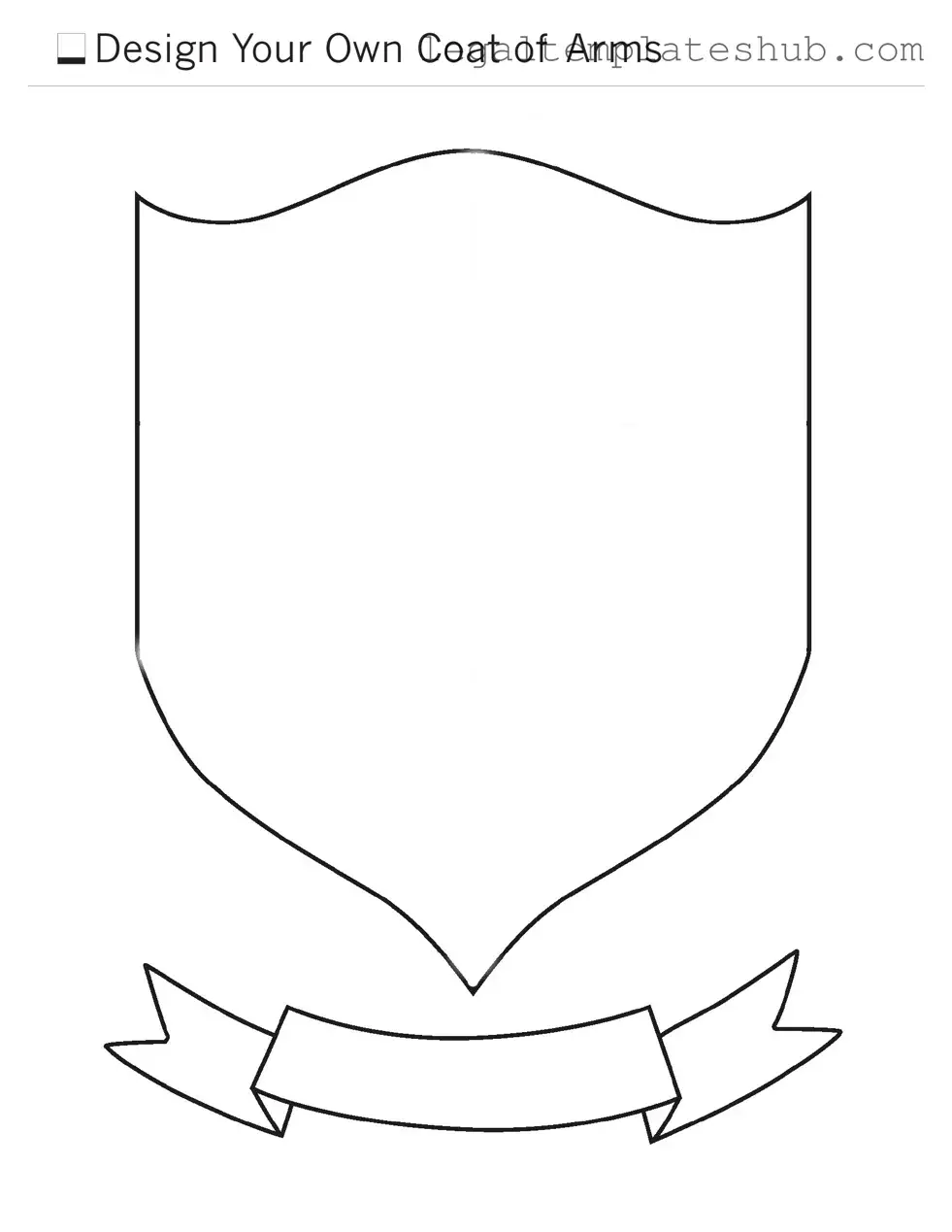Blank Coat Of Arms PDF Form
The Coat of Arms form is a document used to request the design or registration of a family crest or emblem. This form helps individuals preserve their heritage and showcase their unique identity. To start your journey in creating a meaningful symbol, please fill out the form by clicking the button below.
Access Editor
